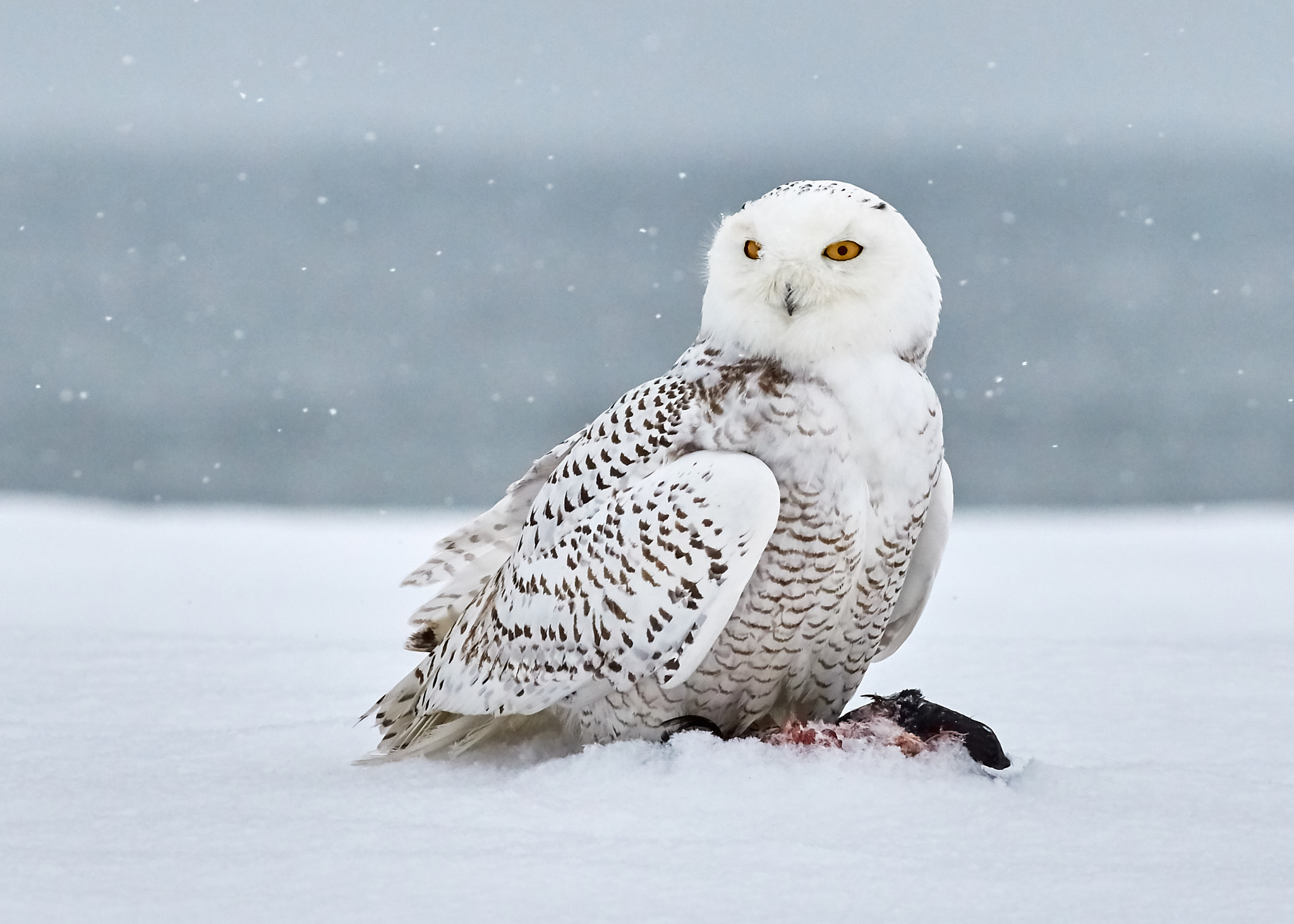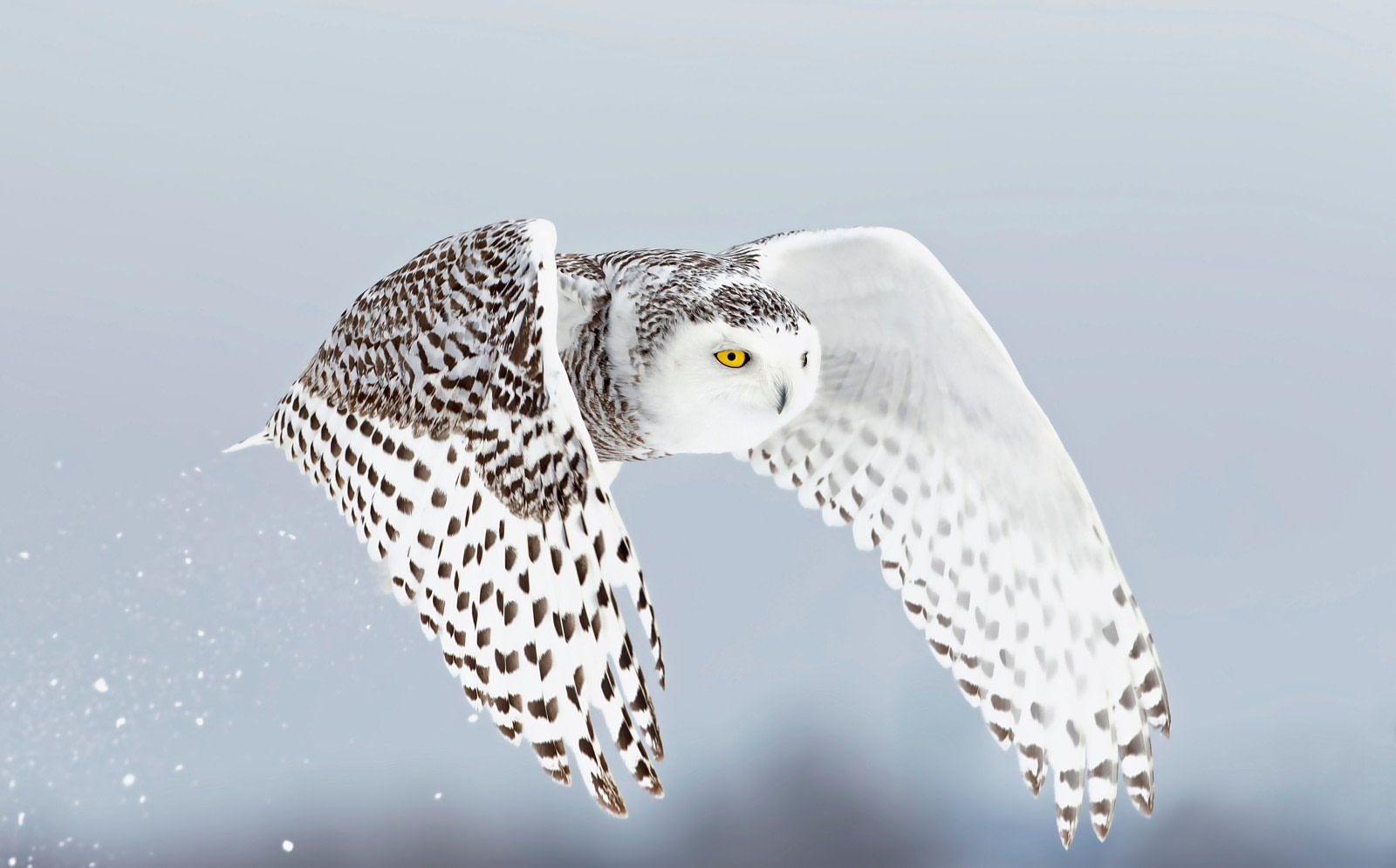Alaska is renowned for its stunning natural beauty and diverse wildlife, but it’s also home to some of the most hazardous creatures on earth. Among them is the majestic snowy owl, a deadly predator that can strike its prey with astonishing swiftness and precision despite its quiet nature.

The magnificent snowy owl is a sight to behold, with its stunning white feathers and piercing yellow eyes that exude a powerful gaze. It ranks as one of the largest owl species in the world, boasting an incredible wingspan that measures up to six feet. Despite its sizable frame, this predator is a stealthy hunter, using its quiet approach to descend upon prey with precision and accuracy.

In Alaska, you can find the beautiful snowy owl, a predator that is an expert hunter. It mainly feeds on small animals like lemmings, voles, and rabbits, making them a substantial part of their diet. You can easily spot these magnificent birds perching on fences or tree branches, diligently scanning the area for their next meal.

The snowy owl is known as a skilled hunter because of its ability to stealthily attack its prey. In contrast to other birds of prey, the feathers of the snowy owl are crafted to minimize the sound of its wing flaps while flying. As a result, its target is often taken by surprise without any notice.

When in Alaska and you come across a snowy owl, it is crucial to keep your distance to ensure your safety. While these owls are a sight to behold with their grandeur, they have exceptional hunting skills that demand careful handling and respect.

The magnificent snowy owl is truly a sight to behold with its stunning appearance that elicits our respect and admiration. Despite its majestic appearance, caution should be exercised when encountering this creature as it is a skilled predator that can attack stealthily and dominate its territory.

If you happen to encounter a snowy owl in its natural surroundings, it’s important to maintain a safe distance while observing it. Take a moment to appreciate the awe-inspiring magnificence and resilience of Alaska’s rich fauna.
